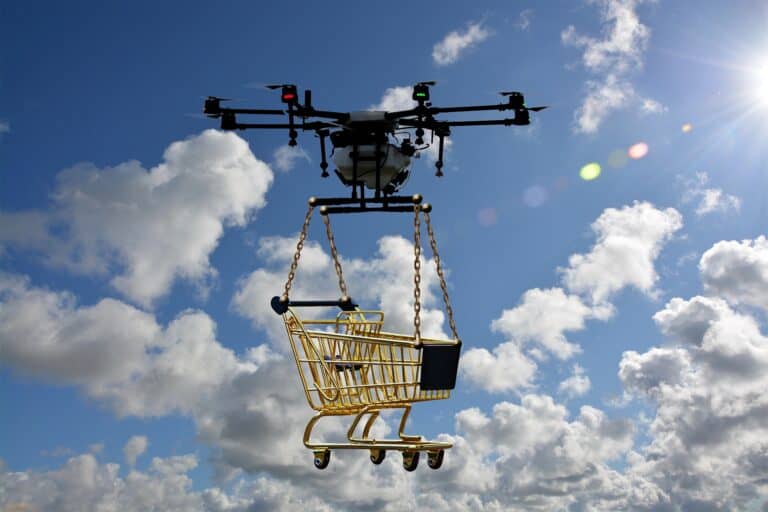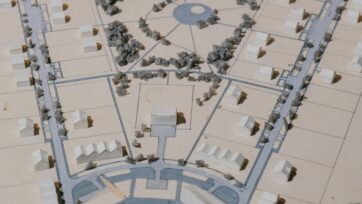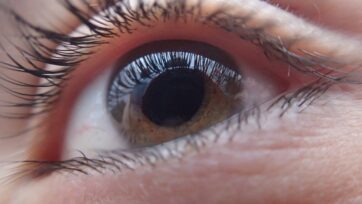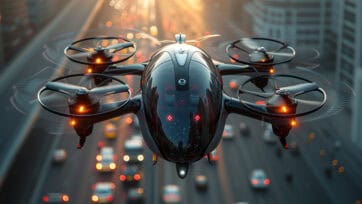(Image credit: Pixabay)
Researchers at Seoul National University of Science and Technology have developed a transport drone equipped with multiple flexible rotors that self-correct to stay level during flight. This drone, nicknamed the “Palletrone,” can function as a “flying shopping cart,” carrying goods over uneven terrain such as stairs.
Prototype Description
The prototype features a cargo platform mounted atop a multi-rotor drone and is controlled by a person applying gentle force to guide the hovering aircraft. It includes a handlebar similar to that of a push shopping cart, allowing users to move objects up and down stairs while the drone maintains its balance using a center of mass estimation algorithm.
How It Works
To navigate uneven surfaces where wheeled carts are impractical, the drone employs a physical human-robot interaction technique. This system anticipates human intentions for smooth flight, enabling the drone to respond effectively to human guidance, according to Professor Lee Seung-jae, who leads the development team.
Potential Applications
While the initial demonstration showcases the drone’s ability to act as a flying shopping cart, the research team envisions broader applications. “The Palletrone can be more than a flying shopping cart,” said Professor Lee, referring to the name derived from combining “pallet,” the platform for cargo, and “drone.” The technology aims to achieve reliable horizontal stability without pitching and rolling, which could be crucial for delivering sensitive or fragile payloads.
Limitations and Future Plans
The current prototype can carry objects up to 3 kg (6.6 lbs), which limits its commercial viability for cargo transportation. However, the team is exploring future uses such as uncrewed flying taxis capable of carrying humans and drones that can be “refueled” mid-air by swapping batteries, eliminating the need to return to base for recharging.
Context in Drone Technology
Multi-rotor drones like the Palletrone offer better control and maneuverability compared to fixed-wing drones, including the ability to hover. Although they have been used for delivering cargo, food, and medical supplies, commercial applications have been limited due to payload and range constraints imposed by battery capacity.
Publication and Conclusion
The work of the Seoul Tech team has been published in the IEEE Robotics and Automation Letters, a journal of the Institute of Electrical and Electronics Engineers based in New York. This innovative development represents a step forward in drone technology, potentially expanding the capabilities and applications of drones in various industries.
Reference
Minwood, Park 2024, ‘South Korea team showcases drone that serves as ‘flying shopping cart’, Reuters, viewed 26th November 2024, <https://www.reuters.com/technology/south-korea-team-showcases-drone-that-serves-flying-shopping-cart-2024-10-22/>


























